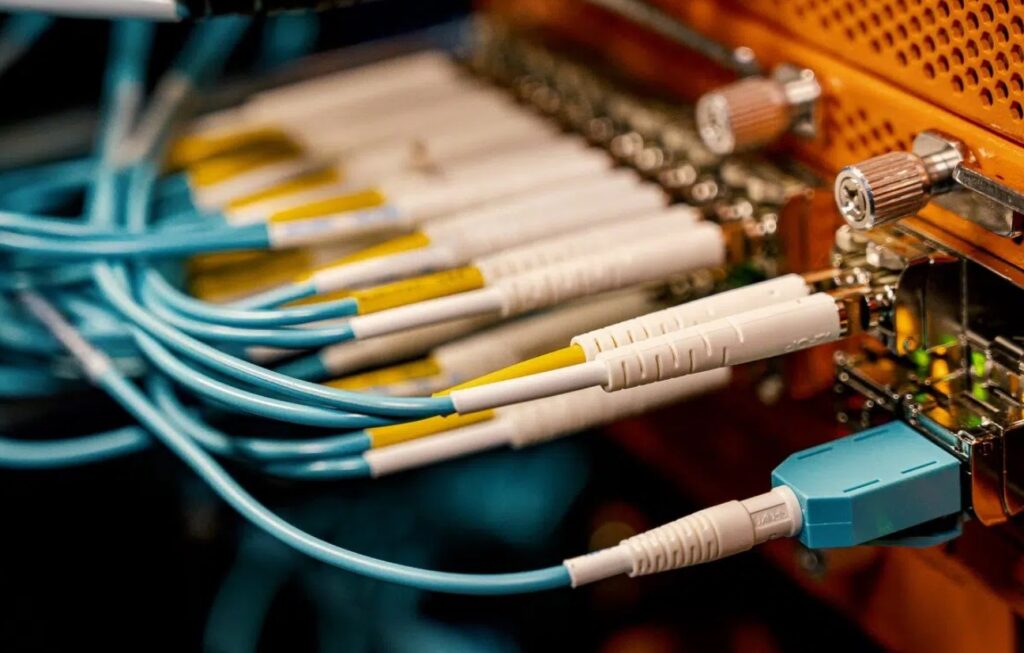Diamonds, often seen as symbols of love and luxury, embark on an extraordinary journey before they grace the elegant settings of rings and other fine jewellery. This complex voyage, from the depths of the earth to the sparkle of a finished piece, involves numerous steps, each requiring precision, expertise, and a deep respect for the stone’s natural beauty. In this detailed blog post, we’ll trace the journey of a diamond, uncovering the fascinating process that transforms a rough stone into a symbol of elegance and desire.
The Birth of a Diamond: A Geological Marvel
The story of a diamond begins billions of years ago, deep within the Earth’s mantle. Under extreme conditions of heat and pressure, carbon atoms crystallise, forming loose diamonds. These precious stones are then brought closer to the Earth’s surface through volcanic eruptions, encapsulated in rocks known as kimberlite.
1. Mining:
Diamond mining is the first physical step in bringing these gems to light. There are two main types of diamond mining:
– Open-pit mining:
In regions where diamonds are found close to the surface, such as in parts of Africa, open-pit mining is often employed. Vast quantities of soil are removed to access the diamond-bearing rock.
– Underground mining:
When diamonds are located deeper within the earth, underground mining techniques are used. This involves creating tunnels and extracting the kimberlite rock containing the diamonds.
2. Sorting and Grading the Rough Diamonds:
Once extracted, the rough diamonds are sorted and graded based on their size, shape, quality, and colour. This initial evaluation is crucial as it determines the potential value and best use of each stone, whether for industrial purposes or fine jewellery.
3. The Art of Cutting and Polishing:
This is where the true transformation begins. Cutting and polishing a diamond is an art form, requiring immense skill and precision.
– Planning the Cut:
Before a diamond is cut, specialists called planners or markers examine the rough stone to determine the optimal cut that will maximise its size, shape, and brilliance.
– Cutting:
Modern diamond cutting often uses laser technology, though some artisans still prefer traditional methods. The goal is to create facets (flat surfaces) on the diamond that will optimise its light reflection and refraction.
– Polishing:
After cutting, the diamond is polished to create a smooth, reflective surface. This step brings out the stone’s brilliance and fire.
4. Certification and Grading:
Once a diamond is cut and polished, it undergoes a thorough evaluation by gemological laboratories. The most renowned among these is the Gemological Institute of America (GIA). Diamonds are graded based on the four Cs – Cut, Color, Clarity, and Carat weight. This grading process provides an unbiased assessment of the diamond’s quality and value.
After undergoing meticulous cutting, polishing, and certification, a diamond’s journey from a rough stone to a finished product involves several more crucial steps, each adding to its story and value.
From Certification to the Jewelers
Once certified, diamonds are sold to diamond dealers and wholesalers. This process can occur through various channels, including diamond exchanges, private sales, and auctions. Dealers then sell these gems to jewellers and jewellery manufacturers around the world. The journey from miner to the market is complex, involving numerous transactions and travels across continents.
The Art of Jewellery Making
Upon reaching the hands of jewellers, diamonds are ready to be set into rings and other jewellery pieces. This stage is where the stone’s beauty is harmonised with design and craftsmanship.
1. Designing the Jewellery:
Skilled designers create jewellery pieces that complement the diamond’s shape and features. This process may involve sketching designs by hand or using computer-aided design (CAD) software for precision and intricacy.
2. Crafting the Setting:
Artisans craft the ring’s setting, which will hold the diamond. This process demands a high level of skill to ensure that the setting is not only beautiful but also secure.
3. Setting the Diamond:
The diamond is meticulously set into the ring. This delicate process involves securing the diamond in place without damaging it, ensuring that it catches light perfectly to showcase its brilliance.
4. Final Touches and Quality Check:
The completed piece undergoes a final inspection to ensure every aspect of the jewellery meets the highest standards of quality and craftsmanship.
Ethical Considerations and Sustainable Practices
In recent years, the diamond industry has faced scrutiny over ethical and environmental concerns. Responsible sourcing and sustainability have become crucial factors for many consumers.
– Conflict-Free Diamonds:
Initiatives like the Kimberley Process Certification Scheme have been established to prevent “conflict diamonds” from entering the market. These are diamonds mined in war zones and sold to finance conflicts.
– Sustainable Mining Practices:
Many diamond mining companies are adopting more sustainable and environmentally friendly practices, reducing the impact on the local ecosystem and communities.
– Traceability and Transparency:
There is a growing demand for transparency in the diamond supply chain. Technologies like blockchain are being used to trace the journey of a diamond from mine to market.
The Rise of Lab-Grown Diamonds
An alternative to natural diamonds that has gained popularity is lab-grown diamonds. Created in controlled laboratory environments, these diamonds mimic the physical and chemical properties of natural diamonds. They offer a more sustainable and ethical choice, as they do not involve mining and have a smaller environmental footprint.
Conclusion: A Journey of Transformation
The journey of a diamond from mine to ring is a testament to the remarkable transformation these stones undergo. From geological formation deep within the earth to the skilled hands of artisans who craft them into exquisite jewellery, each diamond tells a story of beauty, resilience, and artistry.
In today’s world, this journey is not just about creating stunning pieces of jewellery but also about ethical sourcing, sustainability, and transparency. Whether a natural or lab-grown diamond, the end result is a symbol of enduring beauty and craftsmanship, a treasured possession that often marks life’s most precious moments.



